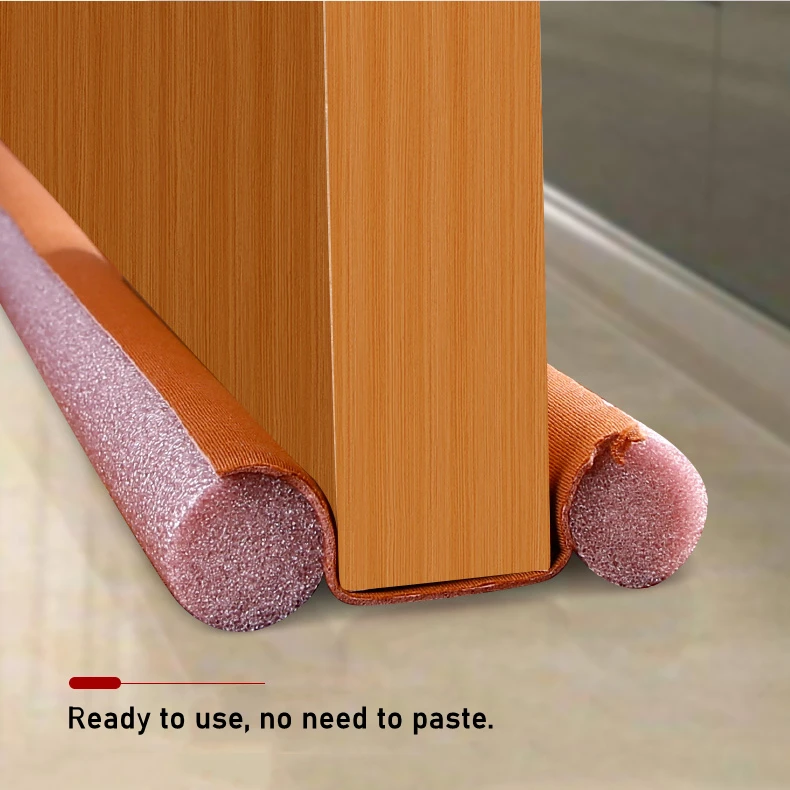Durable Metal Trim Solutions for Stair Edges to Enhance Safety and Aesthetics
The Importance of Stair Edge Metal Trim in Modern Architecture
Stair edge metal trim is a subtle yet crucial element in contemporary architectural design. Serving both aesthetic and functional purposes, these trims are often overlooked, but they play a significant role in ensuring safety and enhancing the overall appearance of stairways.
Aesthetic Appeal
One of the primary functions of stair edge metal trim is to add a finished look to staircases. In modern architecture, where clean lines and minimalist designs are prevalent, metal trims can offer a sleek and sophisticated appearance. Available in various materials, including aluminum, stainless steel, and brass, these trims can complement different design styles—from industrial to ultra-modern.
The different finishes available for metal trims, such as brushed, polished, or anodized, enable architects and designers to create unique visual contrasts. For instance, a brushed stainless steel trim can provide a contemporary look when paired with hardwood or concrete stairs. On the other hand, a brass trim can add warmth and elegance to a space characterized by modern minimalism.
Safety and Durability
Beyond aesthetics, the safety aspect of stair edge metal trim cannot be underestimated. Stairs are one of the most common places for accidents in buildings. The edge of each step is the point where most trips occur. By installing metal trims, builders can create a contrasting edge that enhances visibility. This contrast is particularly important in low-light conditions, where a subtle change in texture or color can alert individuals to the presence of the stairs.
Additionally, metal trims provide an extra layer of protection to stair edges, which are prone to wear and tear. Wooden stairs can splinter over time, and concrete edges can chip. A metal trim acts as a protective barrier that safeguards the underlying material from damage while maintaining its appearance over time. This durability is essential in high-traffic areas, such as commercial buildings, where staircases face constant use.
stair edge metal trim

Versatility in Design
Stair edge metal trims come in various designs, which allows them to be tailored to specific architectural needs. Flat trim, bullnose, and rounded profiles are just a few examples of the available options. The ability to customize the trim design ensures that it can seamlessly integrate into the overall staircase design, whether it’s a straight run, a spiral staircase, or even a floating staircase.
Moreover, metal trims can be installed in conjunction with other materials, such as tile or carpet, to create a cohesive transition. In situations where stairs meet landing areas, these trims can help delineate space and prevent slipping, ensuring safety remains a priority.
Environmental Considerations
With a growing awareness of sustainability, many manufacturers now produce metal trims using recycled materials. This eco-friendly approach not only minimizes waste but also encourages sustainable building practices. Moreover, metal trims are long-lasting and require less maintenance than other materials, contributing to their environmental viability over time.
Conclusion
In summary, stair edge metal trim is a vital component of stairway design that goes beyond mere decoration. Its contributions to aesthetics, safety, durability, versatility, and sustainability make it an essential element in modern architecture. As architects and builders continue to push the boundaries of design, the importance of elements like stair edge metal trim will only grow, ensuring that function and beauty coexist in our built environments. Whether in residential homes or commercial buildings, these trims reflect a commitment to quality and design excellence, creating spaces that are both practical and visually striking.
-
Under Door Draught Stopper: Essential ProtectionNewsJul.31,2025
-
Garage Door Seal and Weatherstrips for ProtectionNewsJul.31,2025
-
Edge Banding Tape for Perfect EdgesNewsJul.31,2025
-
Table Corner Guards and Wall Corner ProtectorsNewsJul.31,2025
-
Stair Nose Edging Trim and Tile Stair SolutionsNewsJul.31,2025
-
Truck Bed Rubber Mats for Pickup BedsNewsJul.31,2025
-
Window Weather Stripping for Noise ReductionNewsJul.29,2025